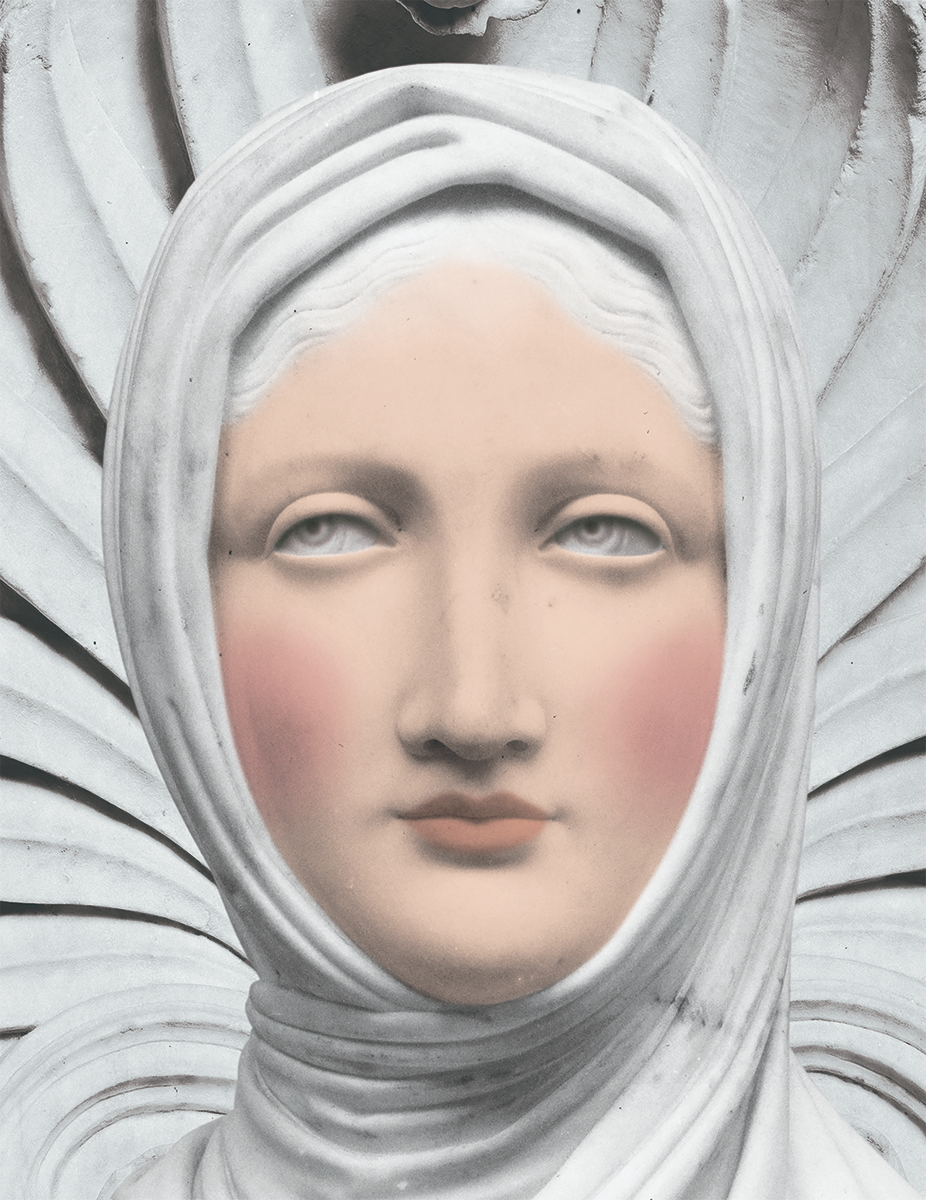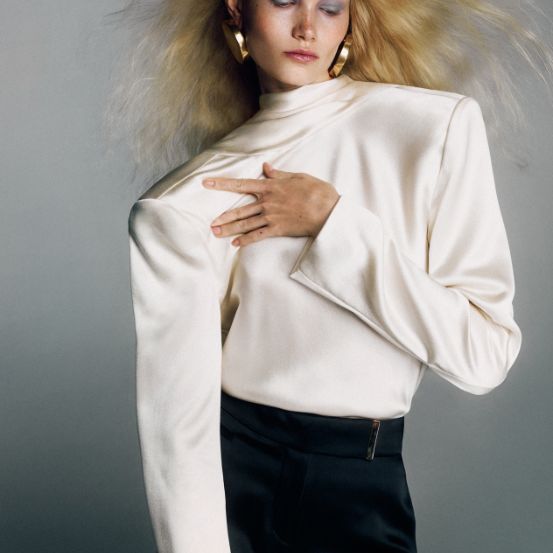Resulting from the search for a more innocent and childish look, the use of blush goes back to the most elementary origins of the makeup world. Throughout its journey, it has already been a symbol of rebellion, poverty, and even the cause of death for hundreds of people. But there is still much to explain about this story.
Resulting from the search for a more innocent and childish look, the use of blush goes back to the most elementary origins of the makeup world. Throughout its journey, it has already been a symbol of rebellion, poverty, and even the cause of death for hundreds of people. But there is still much to explain about this story.

In the English language, there is no distinction. Blush is the word used to describe the makeup product - the one we refer to when we use this foreign term in Portugal - but also to describe the anatomical process commonly triggered by an unexpected social interaction (say, an embarrassment or a sudden action, positive or otherwise). This process is nothing more than the dilatation of the veins in the face, resulting in a slight reddish tint on the chubby cheeks. And blush - the makeup product - reproduces this appearance without having to go through an embarrassing moment. There are those who believe that applying this product enables a younger, even childish look, just as there are those who consider it a sign of fertility or sensuality (if it weren't for the fact that one of the most recognized blushes of this decade is called Orgasm). Beliefs that, to be understood, deserve to be integrated in the long, but very interesting, history of blush.
It is not known for sure what was the first makeup product to be used by humankind, but blush is a strong contender for the title. In Ancient Egypt, this pigment, obtained from a mixture of red clay and animal fat, contrasted with the intense black eyeliner so often associated with Cleopatra. Men and women of this and other civilizations adopted the red cheeks look as a sign of health, using minerals that actually made them sick. The Romans, for example, used a red pigment extracted from cinnabar (a mercury sulfide) which, centuries later, was known to be highly toxic. In the 17th century, some people used this knowledge to their advantage. Giulia Tofana, a native of Palermo, Italy, created Aqua Tofana, a kind of blush promoted to women who felt trapped in their marriage. When ingested, this product was a real poison, and is estimated to have caused the death of over 600 men. Perhaps that was the mixture that was in Romeo's bottle when he uttered the fateful line "Thus with a kiss I die."
Needless to say, blush has not always been well received by society. In the Middle Ages, redness of the skin was a sign of poverty, associated with those who spent a lot of time working in the sun, and for this reason, among the upper classes, opposing treatments were popularized, which disguised the blood circulating in the face. One of the most radical involved the use of leeches. During the reign of Victoria in the United Kingdom, between 1837 and 1901, any product with a reddish shade (such as a blush or lipstick) was considered vulgar and inferior – as a matter of fact, it is not even possible to tell the story of any make-up product without recalling the negative connotations that, at some point in history, associated it with prostitution. Let's make like flappers, then, who knew how to take back the power. During the roaring 20s, this avant-garde group of women applied blush on their knees, to showcase that this part of the body was visible (and not hidden by a long skirt, as it was socially "correct"). Since then, there have been few times when blush has been used as a means of social revolution - one such time was in the 1970s, when David Bowie made this product a weapon against rigid binary gender stereotypes - but its role in the world of makeup has remained intact.
Nowadays, blush floats in the middle of a living wheel of trends, increasingly accelerated and diversified. In the 80s it was in (very in, perhaps too in) and, in the following decade, priority was already given to softer shades and strokes. Come the 21st century, the Y2K style (of the early 2000s) revitalized this makeup product, preferring rosier shades. But as we entered the 2010s, its use began to fall out, while Gothic-style inspired gained popularity. It is difficult to predict which trends will be recalled whenever, in the future, we refer to the era in which we find ourselves. By the logic that has governed makeup since its industrialization, one would expect that in the coming years, blush would return in full force, with subtle changes that reflect the spirit of the contemporary times. However, makeup trends are now a volatile lightning bolt, difficult to predict. They come as fast as they go. However, one thing is certain: even if blush may temporarily fade from history, no one can ever take history out of blush.
Originally translated from Vogue Portugal's The Innocence Issue, published February 2023.Full story and credits on the print issue.
Most popular


Relacionados
.jpg)


LightHouse Publishing x Street Smash Burgers: uma noite no escritório da Vogue Portugal
19 Dec 2025
 (14).png)


